The modern suburban landscape often represents a stark departure from the wild, natural environments that once thrived in its place. Perfectly manicured lawns, exotic ornamental plants, and chemical treatments have created sterile environments that offer little support to native wildlife. Rewilding—the process of restoring an area to its natural uncultivated state—offers a meaningful way to counteract this trend, even in small spaces.
By transforming just a corner of your backyard into a wild sanctuary, you can create a thriving ecosystem that supports local biodiversity, requires less maintenance, and provides a deeper connection to the natural world. This guide will walk you through the steps to successfully rewild a portion of your yard, creating a space where nature can reclaim its rightful place in our increasingly urbanized world.
Understanding the Rewilding Philosophy
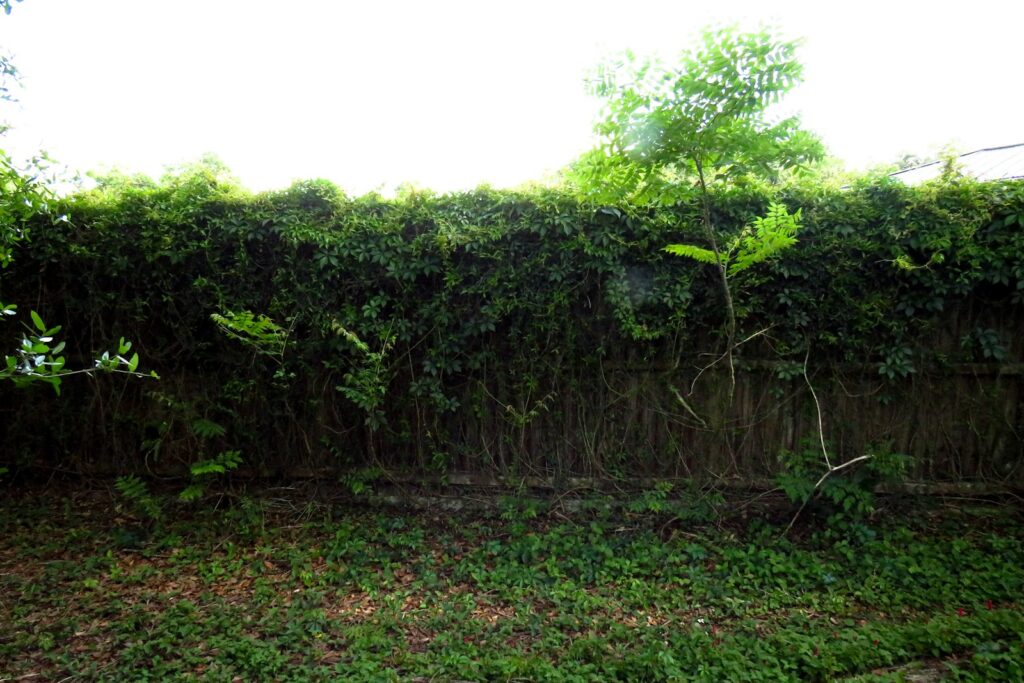
Rewilding represents a philosophical shift away from the controlled, manicured aesthetic that has dominated suburban landscaping for decades. At its core, rewilding acknowledges that natural ecosystems, when allowed to function with minimal human intervention, create self-sustaining environments that support diverse plant and animal communities. Unlike traditional gardening that often fights against nature’s tendencies, rewilding works with natural processes—embracing succession, seasonal changes, and the complex relationships between species.
This approach doesn’t mean complete abandonment; rather, it involves thoughtful initial design followed by respectful stewardship that allows natural processes to unfold. By understanding that your rewilded space will change and evolve over time, you’ll appreciate the dynamic beauty of a landscape that reflects the authentic character of your region’s natural heritage.
Assessing Your Space and Setting Goals
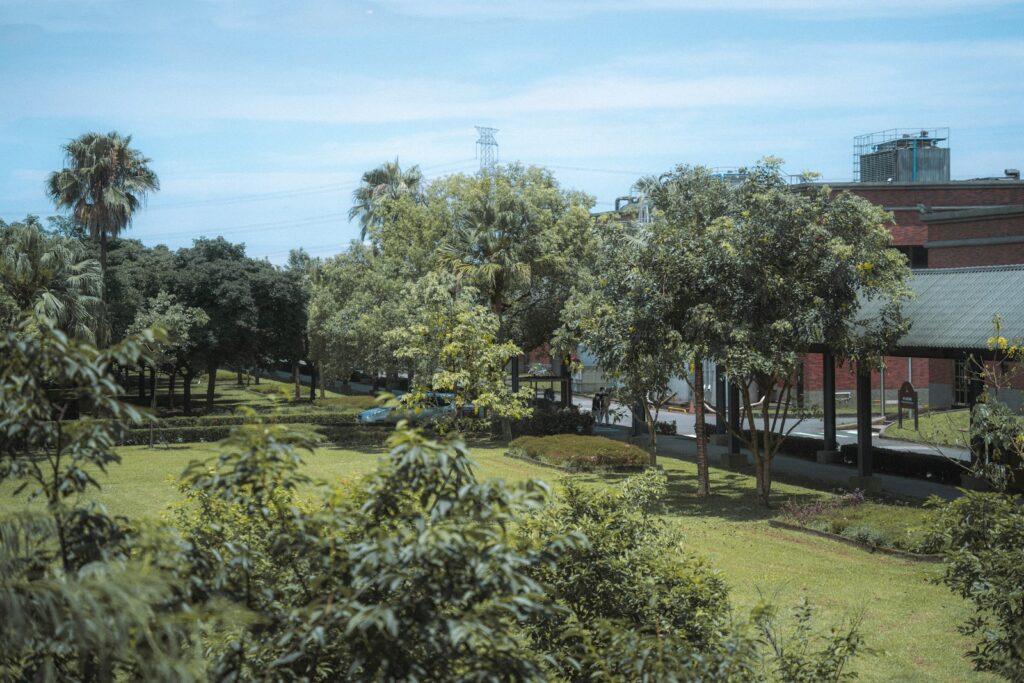
Before breaking ground on your rewilding project, take time to thoroughly assess your available space and establish clear objectives. Consider factors such as the size of the area, sun exposure patterns throughout the day, soil type and moisture levels, and how the space connects to the rest of your yard and neighborhood. Realistic goals might include creating habitat for specific wildlife like pollinators or birds, establishing a native plant sanctuary, reducing water usage, or simply creating a low-maintenance natural area.
Document your starting point with photographs and perhaps even a simple soil test to understand your baseline conditions. Your space’s unique characteristics will guide your rewilding approach—a sunny, dry corner calls for different strategies than a shady, damp area, and working with these natural conditions rather than against them will yield the best results.
Researching Your Local Ecosystem
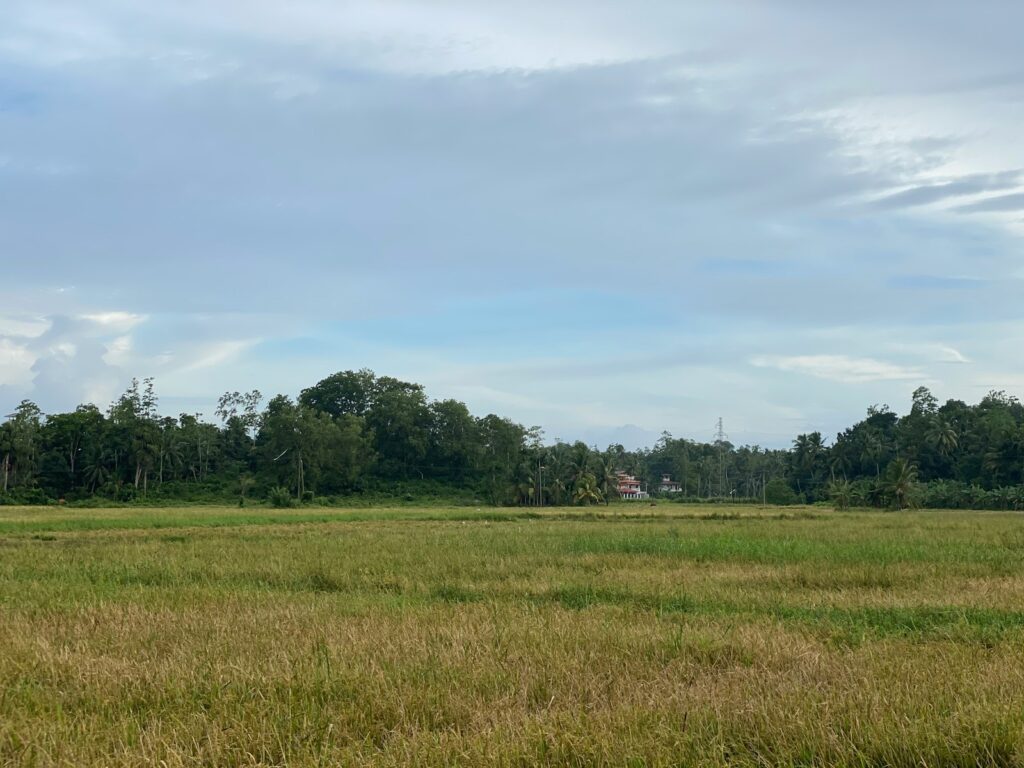
Successful rewilding depends on recreating elements of your region’s natural ecosystem, making local research an essential step. Start by identifying what type of ecosystem would naturally exist in your area—whether that’s prairie, woodland, wetland, chaparral, or another habitat type. Contact local native plant societies, cooperative extension offices, or wildlife organizations who can provide information specific to your region’s flora and fauna. Many areas have detailed plant community guides that describe which species naturally grow together.
Look for historical accounts or visit nearby natural areas to understand what your land might have looked like before development. This research will help you select appropriate plant species that have evolved together and support each other, creating a cohesive mini-ecosystem rather than just a collection of random native plants. Understanding the natural cycles, disturbances (like fire or flooding), and relationships between species in your local ecosystem will inform every aspect of your rewilding project.
Removing Lawn and Invasive Species
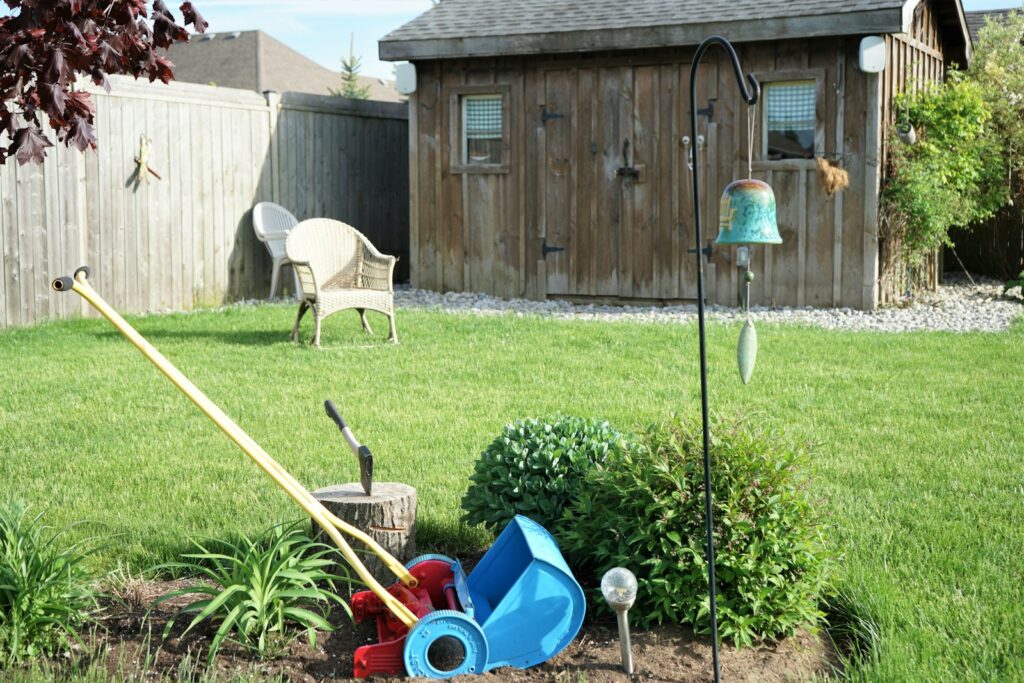
The transformation begins with removing existing lawn grass and any invasive species that might compete with your native plantings. For small areas, the sheet mulching method offers an effective, chemical-free approach—simply layer cardboard or several sheets of newspaper over the grass, thoroughly wet it down, and cover with several inches of compost and mulch. This smothers the grass while building soil health, though it requires several months to fully break down.
For faster results or larger areas, consider renting a sod cutter to physically remove the turf, or use the “solarization” method by covering the area with clear plastic during hot summer months to kill grass through heat. Take particular care to thoroughly remove invasive species, as these aggressive plants can quickly overtake a rewilded area if not completely eliminated. Research proper removal techniques for specific invasives in your area, as some may require special handling to prevent spread or regrowth from remaining roots or seeds.
Selecting Native Plants for Your Microclimate

The foundation of your rewilded yard starts with choosing native plants suited to both your local ecosystem and your yard’s microclimate. Aim for a diverse mix—groundcovers, flowering perennials, grasses, shrubs, and small trees if space allows. Mimic nature’s layers by including plants of different heights to create vertical structure.
Choose species that offer benefits year-round: spring nectar, summer shelter, fall fruits, and winter cover. Prioritize keystone species like oaks or milkweed, which support many forms of wildlife. Local native plant nurseries can guide you toward well-behaved species and regionally adapted ecotypes for the best long-term success.
Creating Wildlife Habitat Features

Plants alone don’t create a thriving ecosystem—structural features are just as important for attracting and supporting wildlife. Adding a brush pile from trimmed branches gives small animals and insects a safe place to shelter. Rock piles or borders provide basking and hiding spots for reptiles, amphibians, and beneficial bugs.
A birdbath or shallow water dish with pebbles offers much-needed hydration, especially in suburban settings. Leave patches of bare soil for ground-nesting bees, which are gentle yet essential pollinators. Standing deadwood or large upright branches can attract birds needing perches or nesting cavities. Even a log or stump can double as both habitat and a seat for you to enjoy your nature-filled yard.
Building Healthy Soil Naturally

Healthy, living soil forms the foundation of a successful rewilded space, supporting plant growth and hosting countless microorganisms that drive ecosystem functions. Rather than relying on synthetic fertilizers, focus on building soil health through organic matter additions and minimal disturbance. Leave fallen leaves in place during autumn to create a natural mulch layer that protects soil, feeds decomposers, and provides overwintering habitat for beneficial insects like butterfly pupae and native bee larvae.
Avoid the urge to clean up too thoroughly—dead plant material isn’t “messy” but rather critical habitat and soil-building material. When planting, disturb the soil as little as possible, using methods like plug planting rather than tilling, which disrupts soil structure and mycorrhizal networks. Consider adding a thin layer of compost once yearly to feed soil organisms, but otherwise let the system build fertility naturally through plant decomposition. This approach mimics natural systems where external inputs aren’t needed and soil gradually improves over time.
Managing Water Sustainably
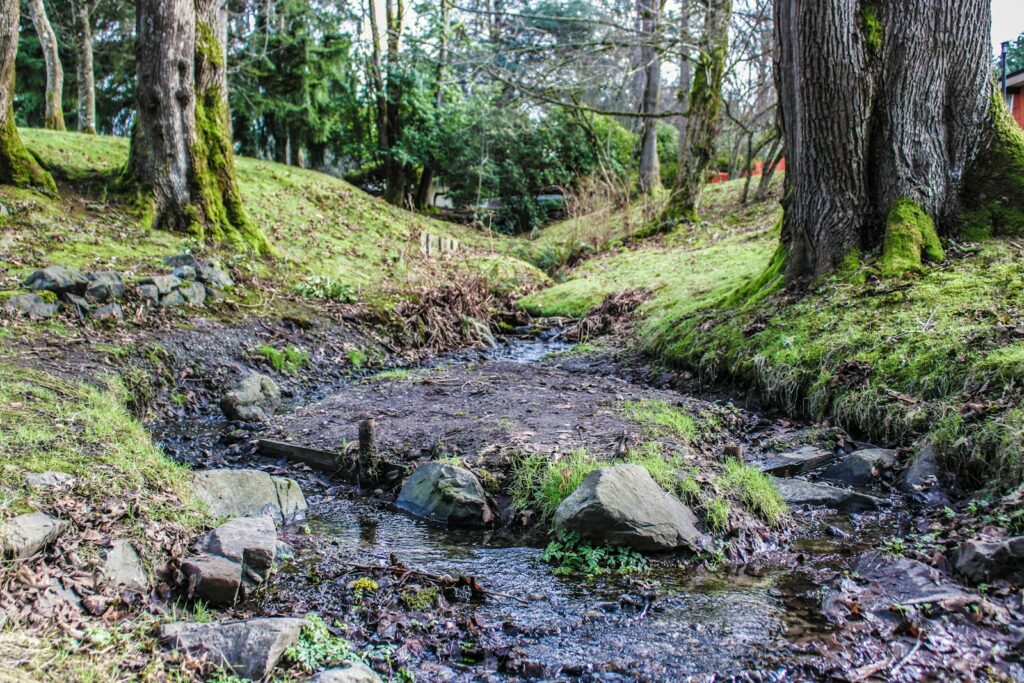
Water management represents a critical component of rewilding, both for plant establishment and long-term ecosystem function. Consider implementing simple water harvesting techniques like small swales (shallow, level-bottomed ditches) or rain gardens that capture runoff from roofs or paved surfaces, allowing it to slowly infiltrate rather than rush away. These features can transform problem areas where water pools after rain into thriving wet meadow habitats. During the establishment phase, even drought-adapted native plants require regular watering until their root systems develop, usually through the first year or two.
Plan an efficient hand-watering or drip irrigation system for this critical period. Once established, properly selected native plants should thrive on natural rainfall, though you might need to provide occasional deep watering during extreme drought conditions. Mulching with leaves, wood chips, or other organic materials helps retain soil moisture while suppressing unwanted plants, though leave some areas mulch-free for ground-nesting insects.
Encouraging Beneficial Insects and Pollinators
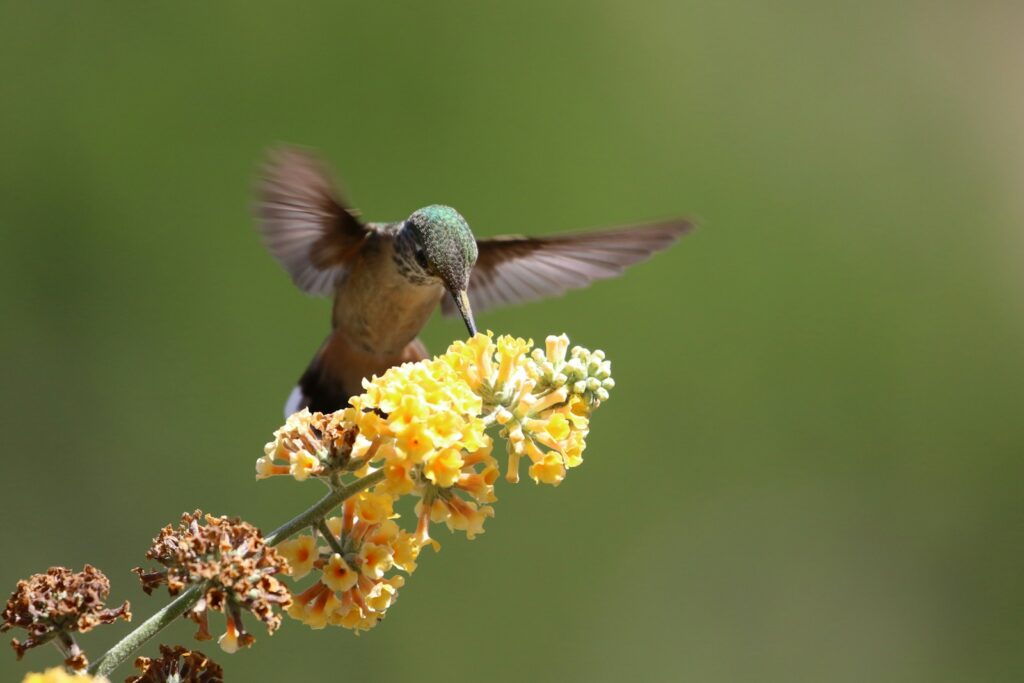
Insects form the foundation of terrestrial food webs, making them essential to any rewilding project regardless of size. Select native flowering plants that bloom in succession from early spring through late fall to provide continuous nectar and pollen sources for pollinators. Include host plants for butterfly and moth caterpillars—many species can only reproduce on specific plant species, like monarchs on milkweed or black swallowtails on parsley family plants.
Leave some areas of bare ground for ground-nesting native bees, which make up about 70% of native bee species and are often overlooked in garden designs. Consider building or purchasing a simple “insect hotel” with various sized tubes and cavities for solitary bees and beneficial predatory insects like mason wasps. Most importantly, commit to avoiding all pesticides in your rewilded space, as even those marketed as “natural” can harm beneficial insects and disrupt the predator-prey relationships that naturally keep pest populations in check.
Creating Wildlife Corridors
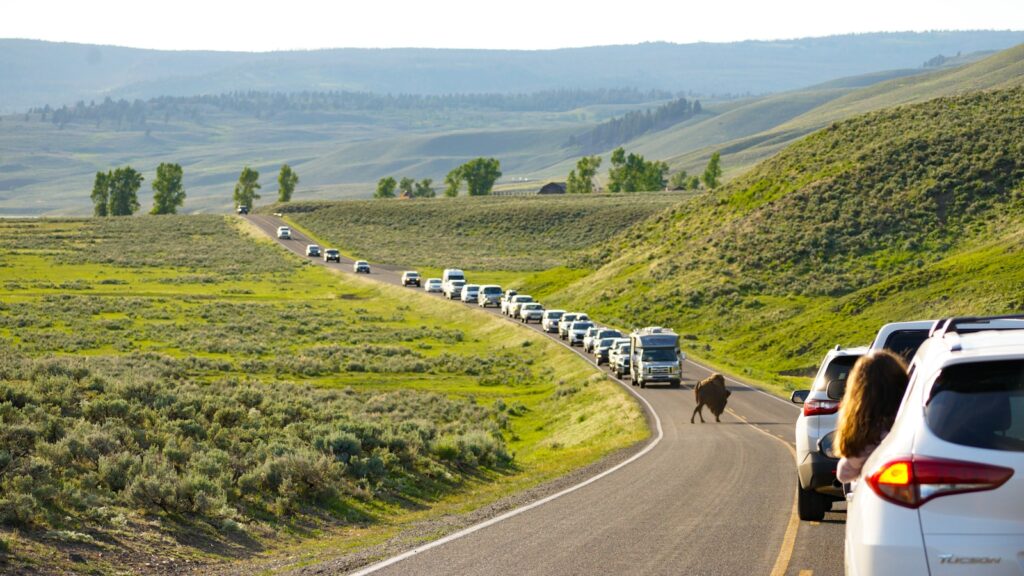
Even small rewilded spaces gain ecological significance when they connect to larger habitat networks, functioning as stepping stones for wildlife movement across fragmented landscapes. Consider how your rewilded corner might connect to neighboring natural areas, parks, or even other environmentally-minded neighbors’ yards. Plants that spill slightly over property boundaries or grow along fences can create continuous habitat corridors for insects and small animals to travel safely.
Talk with neighbors about your rewilding project—you might inspire others to create similar spaces, multiplying the impact. For larger properties, consider pathways of native vegetation that connect different habitat areas, allowing wildlife to move between resources without crossing open, exposed areas. These corridors are particularly important for species with limited mobility or those vulnerable to predation in open spaces. Even in urban environments, these small habitat connections can create surprisingly functional networks that support wildlife movement through otherwise inhospitable developed areas.
Practicing Patience and Adaptive Management

Rewilding works on nature’s schedule, not ours, and requires patience as your space slowly transforms. In the first year, growth may seem minimal as perennials establish roots, but by year three, you’ll see a dramatic leap in vitality—true to the saying, “First year sleep, second year creep, third year leap.” Let nature guide your choices through observation. Some plants will thrive, others may fade, shaping a landscape uniquely suited to your site.
Keep notes on plant success, wildlife visitors, and seasonal shifts to inform small, adaptive changes. Avoid rushing to “fix” what seems imperfect—natural succession often looks messy before it balances. Embracing your role as a facilitator rather than a controller is one of the most rewarding shifts in rewilding, allowing both your garden and your perspective to grow in harmony.
Balancing Aesthetics with Ecosystem Function
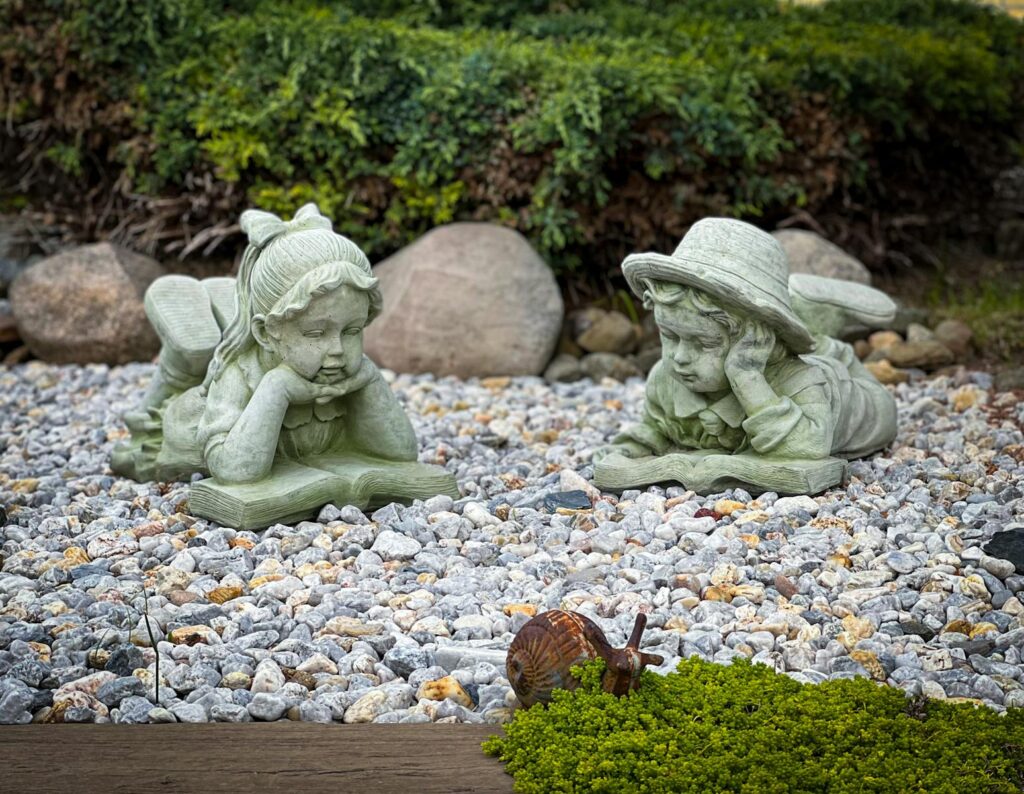
While rewilding prioritizes ecological function, thoughtful design ensures your space feels intentional and neighbor-friendly. Define clear edges between wild zones and manicured areas using native shrubs, decorative rocks, or a mowed path—this visual boundary communicates purpose. Place showier native plants with bold flowers or textures near the edges for curb appeal, while letting the interior remain more natural.
Small touches like bird baths, artful insect houses, or plant ID signs can further highlight the care behind the design. With strategic grouping and seasonal interest, rewilded gardens can be both ecologically rich and visually beautiful, blending wildness with intention.
Sharing Your Rewilding Journey
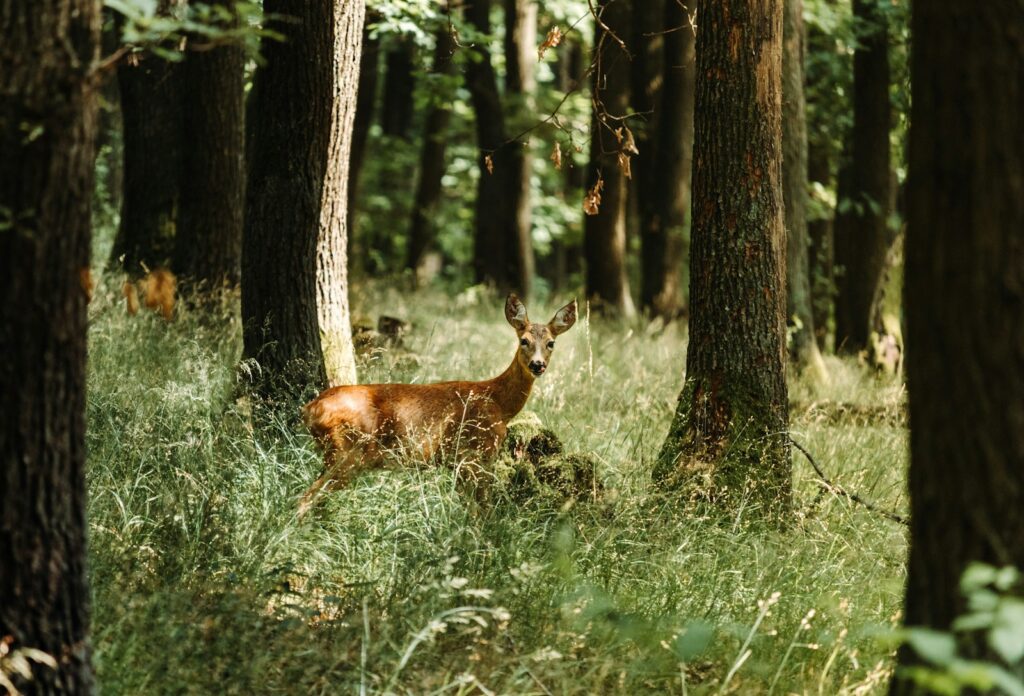
Rewilding even a small part of your yard is a powerful act of ecological restoration. These natural spaces offer not only refuge for wildlife but also meaningful personal connection to the rhythms of nature. As your rewilded corner matures, you’ll witness a growing abundance of birds, butterflies, and pollinators—all sustained by the habitat you’ve restored. Share your journey with others through signage, photos, or community tours to inspire a broader shift toward ecological gardening.
Educational efforts like these can shift perceptions of what a “beautiful” yard looks like and encourage others to follow your lead. The impact of your efforts extends beyond your fence line, contributing to local biodiversity and fostering greater community awareness. Over time, these spaces become largely self-sustaining, offering rich rewards with minimal upkeep. By returning even a small piece of land to nature’s care, you become part of a larger movement of environmental healing—one backyard at a time.

